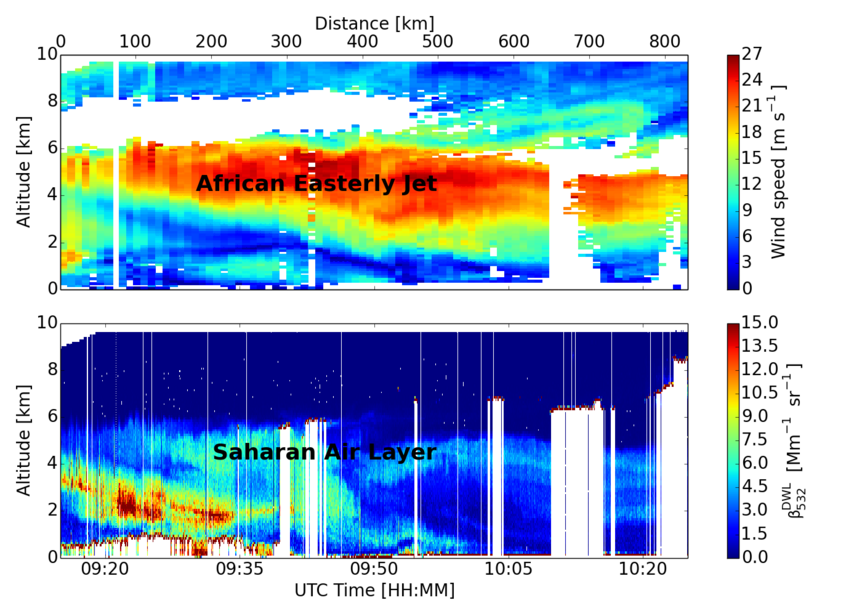News
Research Activities of the AEP Group
Aerosols are small solid or liquid particles suspended in air, ranging in size from molecular clusters to particles and small droplets with diameters of several hundred micrometers. Small particles are inhalable and can be detrimental to human health. Atmospheric aerosols are highly heterogeneous in space and time, and are difficult to implement into climate models. Aerosols influence atmospheric radiative transfer and the hydrological cycle, and their interaction with clouds is a major source of uncertainty for future climate predictions.
The AEP group is oriented towards basic aerosol science. Currently, research focuses on the following topics:
- Microphysical and optical properties of non-spherical particles such as mineral dust and volcanic ash
A particular strength of the group is in the development, adaptation and testing of measurement techniques, with a long track record of ground-breaking designs and technologies.
Inter-disciplinary research investigates zones in exoplanetary systems supporting life based on solvents other than water.
Current research is continually integrated into lectures and lab classes on aerosol science, environmental science and global change.
How to get there - Aerosol Physics and Environmental Physics
Address
University of Vienna
Faculty of Physics
Aerosol Physics and Environmental Physics Group
Boltzmanngasse 5, 1st floor
A-1090 Wien
Austria
General access by the Public Transportation System [map]
Tramline 37/38/40/41/42:
• Stop “Spitalgasse/Währinger Straße” (from U2-Schottentor)
• Stop “Sensengasse” (from U6-Währinger Straße/Volksoper)
Tramline 5/33:
• Stop “Spitalgasse”
Footpath:
- from Währinger Straße: turn into Strudlhofgasse – Entrance Strudlhofgasse 4
- from the Strudlhofgasse: turn right to Boltzmanngasse – Entrance Boltzmanngasse 5
Arrival at the airport - how to reach us
By public transport
The airport shuttle bus, the trainline S7 or the City Aiport Train (CAT) will take you directly to the city of Vienna (Landstraße/Wien-Mitte train station).
Change to the metro:
• Landstraße/Wien-Mitte -> Schottenring (U4 direction Heiligenstadt)
• Schottenring -> Schottentor (U2 direction Karlsplatz)
• Schottentor -> Währinger Straße / Spitalgasse (Tramline 37, 38, 40, 41, 42)
You can find further information about how to get from the VIE Vienna International Airport to the city center of Vienna on www.wien.info.
By taxi
There are several taxi providers from and to Vienna airport. The journey time from the airport is about 30 minutes with normal traffic.
By car
There is a limited number of parking spaces in the area. Short-term parking (subject to charges) applies in the whole area from 09:00 -22:00 (Mon.-Fri.). The Votivparkgarage car park can be accessed via Universitätsstraße (one way street towards Universitätsring). Generally, we recommend traveling by public transport or taxi.



















